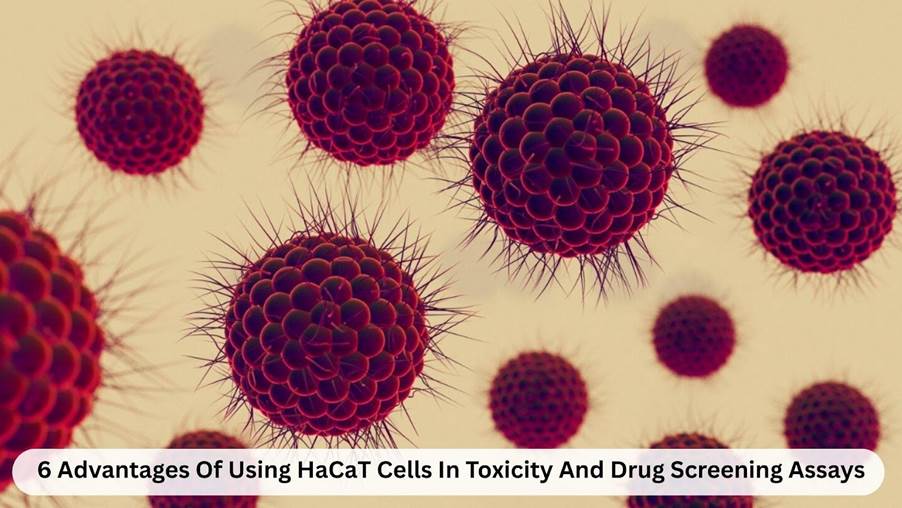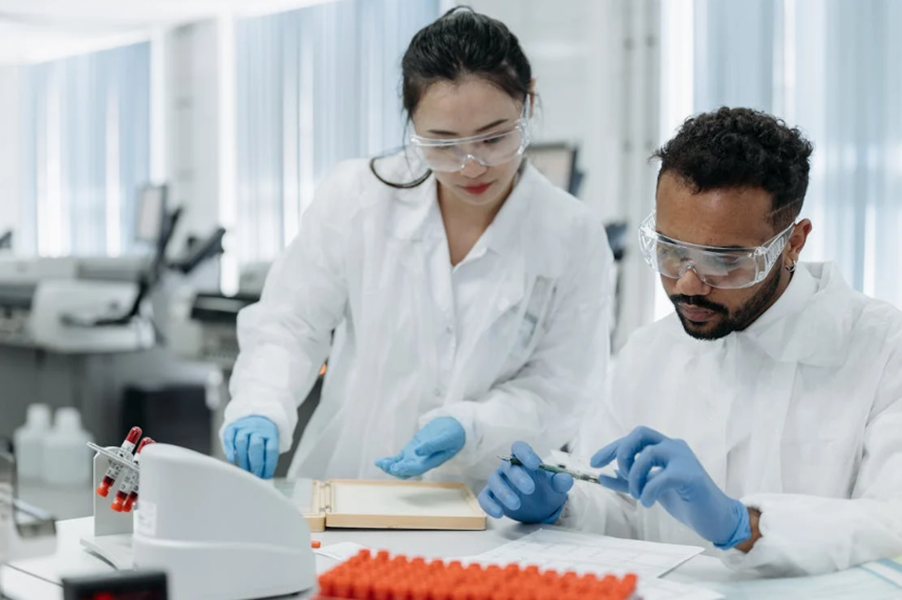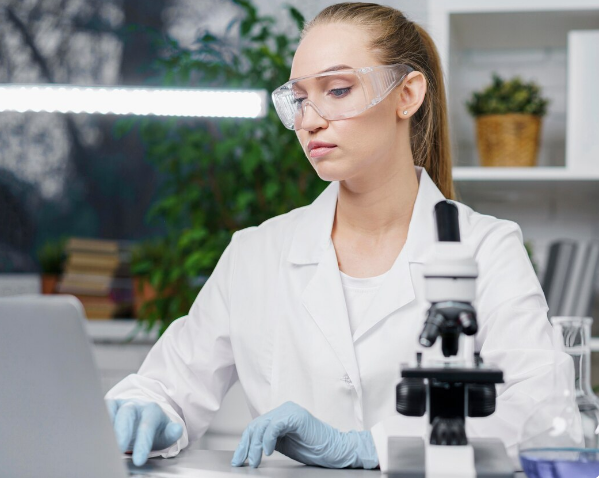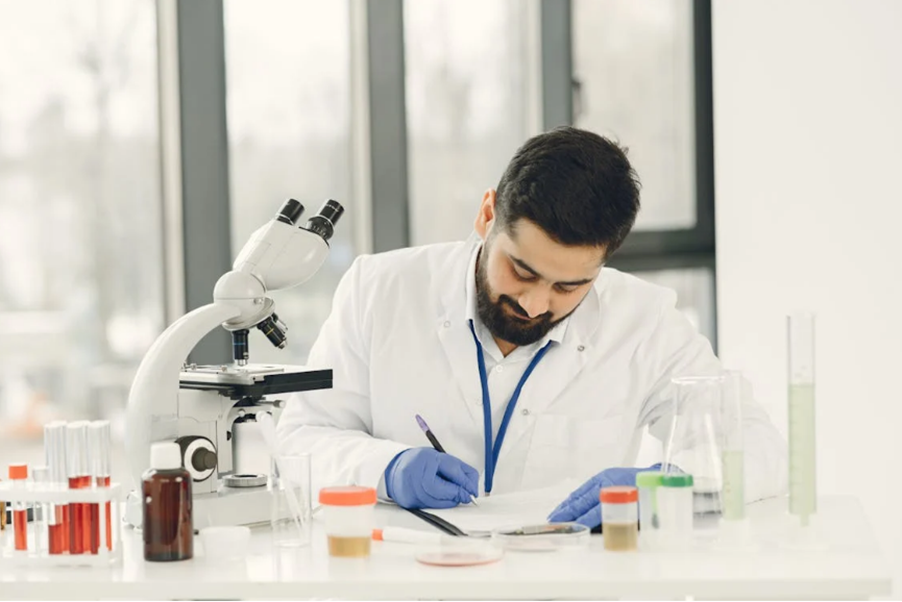
Of all the challenges in research, perhaps one of the most important is understanding how the human body responds to drugs and other chemicals. Every compound interacts differently with human cells, and testing them directly in people often poses risks and is expensive.
To overcome this barrier, scientists utilize models that can safely simulate real human tissues in a controlled environment. Among these, the HaCaT cells have become a trustworthy and widely used tool in research studies of skin-related responses.
These cells, derived from human skin, generally behave much like normal keratinocytes; thus, they make an ideal choice for testing. They are easy to handle, grow well under laboratory conditions, and provide consistent results that the researcher can rely on.
This article examines six key advantages of using HaCaT cells in toxicity and drug screening assays, highlighting why they are a valuable choice for scientists worldwide..
HaCaT cells are derived from human skin, from the primary cell type of the epidermis, or outer layer of the skin. Therefore, the applications are naturally highly relevant. When researchers test the action of a drug or chemical on these cells, the findings are far more likely to show realistic responses relevant to humans.
Unlike some animal models, HaCaT cells can provide direct indications about the reactions of human skin to certain compounds. Because they are of human origin, they minimize animal testing, which is both more ethical and practical. The data derived from these cells often serves as a good indication before moving into more advanced testing stages.

HaCaT cells are characterized by their stability in culture, as they can be grown in the laboratory for extended periods, preserving their main features. This stability allows experiments to be replicated several times with consistent results.
They grow as an adherent monolayer, meaning that in culture dishes they attach to surfaces and form a uniform layer of cells. This allows for easy observation under a microscope and the ability to measure changes caused by different treatments. Scientists can grow them under standard conditions for cell cultures, eliminating the need for special or expensive setups.
Since they are so easy to handle, they save time and effort in routine lab work. Scientists can freeze them for later use, and once thawed, they resume their healthy growth rather quickly.
One main application of HaCaT cells is in toxicity testing. The process helps determine the extent to which the substance is poisonous to cells and tissues. Because HaCaT cells originate from human skin, they are of special importance for testing cosmetics, topical medications, and other chemicals that come into contact with the skin.
By applying a new chemical compound to these cells, researchers can observe the effects that the cells elicit in response. This could include signs of damage, cell death, or inflammation. The results help them determine if a compound is safe for further testing or needs modification.
Using toxicity assays on HaCaT cells enables scientists to screen large numbers of samples rapidly. This speeds up the discovery process and reduces development costs.

HaCaT cells are not only for toxicity testing but also highly involved in drug screening. They have been employed to study the behavior of potential treatments at the cellular level. Many of their properties are similar to those of normal skin cells, so their reactions when exposed to a compound of interest can be quite realistic.
Scientists can track the uptake of drugs within cells, the effect of drugs on cell proliferation, and the impact on various biological pathways. This makes the HaCaT cells very valuable in studies concerning processes such as wound healing, inflammation, and skin regeneration.
The drug screening with these cells aids in the selection of promising compounds during the early stages of research. Only the most effective and safe options move forward to the next stage.
Reproducibility is a crucial factor in scientific work. Researchers need to obtain results that are trustworthy and reproducible under similar conditions. It is also known that HaCaT cells yield very consistent data from one experiment to the next.
Because they are immortalized, they are not easily altered in their genetic or functional features. This means that whether the cells come from one lab or another, their behavior remains almost the same. Consistency enables researchers to compare data from different studies and thus draw reliable conclusions.
In contrast, primary human cells are directly obtained from donors and usually show variations between samples. That can make results less predictable. HaCaT cells eliminate much of that uncertainty, providing scientists with a steady performance across experiments.

Another significant advantage is the affordability of HaCaT cells. In comparison with many other types of cells, they are inexpensive to obtain and maintain. Their long lifespan, with ease of growth, reduces the need for constant resupply.
Additionally, they are widely available from reputable cell line suppliers. Due to their availability, many research institutions and companies can access them. Scientists can order ready-to-use cells and immediately start experiments without complex preparation.
They are cost-effective enough to make them a smart option for both small and large labs. Since they require only standard culture media and equipment, there is no need for special materials or conditions..
HaCaT is one of the most reliable cell models in biomedical research, whose human origin, stability, and ease of maintenance make it ideal for studies on the action of drugs and chemicals through the skin. From toxicity testing to advanced drug screening, these cells strike a balance between accuracy, consistency, and cost-effectiveness.
They help bridge the gap between laboratory studies and real human responses, making them an effective tool for both scientific discovery and product safety.